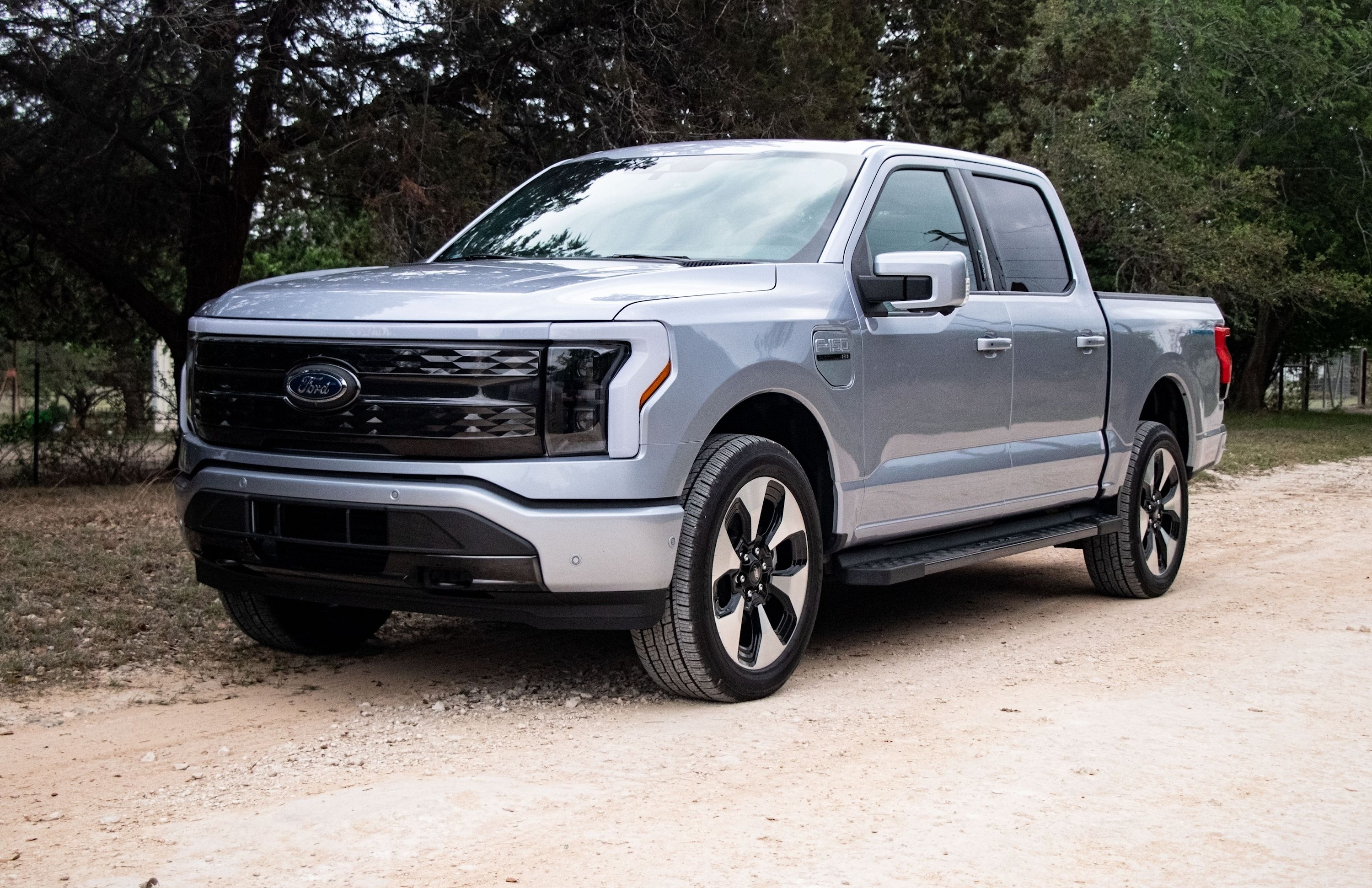
The Biden administration, in coordination with multiple other government departments, has revealed a detailed blueprint to decarbonize the transportation sector, one of the country's biggest contributors of greenhouse gas emissions and air pollution. Called the US National Blueprint for Transportation Decarbonization, its ultimate goal is to eliminate almost all greenhouse gas emissions from the transportation sector by 2050.
"Transportation policy is inseparable from housing and energy policy, and transportation accounts for a major share of U.S. greenhouse gas emissions, so we must work together in an integrated way to confront the climate crisis," Transportation Secretary Pete Buttigieg said in a statement. "Every decision about transportation is also an opportunity to build a cleaner, healthier, more prosperous future."
Another administration goal is to achieve 100% carbon-free electricity by 2035. Of course, this blueprint is exactly that, a blueprint. It consists of a specific set of guidelines to assist future lawmakers and policymakers along with R&D efforts for both the public and private sectors. A few examples include increasing access to clean and affordable transportation, modernizing the electric grid so that it'll be capable of meeting demand from electric vehicles, and reducing emissions from all of the transportation life cycle, such as wiping out emissions from construction. States, local communities, labor unions, and the private sector are also required to work together to meet these goals.
As for the auto industry, it calls for continued investments in domestic battery manufacturing and expanding the number of EVs from carmakers as a whole beyond the currently relatively small selection, such as the Ford F-150 Lightning and Kia EV6.
"Beyond just having the vehicles and products, the auto industry will play a critical role working along with EV charging companies to make sure that we have an overall fueling network that is, first of all, highly compatible [and] resilient across vehicles and chargers," said a top administration official.
From 2030 to 2040, the plan aims to transition all new vehicle sales to zero-emission technologies, as well as to boost the number of sustainable fuels. This transition, which also includes commercial trucks, transit, boats, and airplanes, is "expected to drive the majority of emissions reductions."
